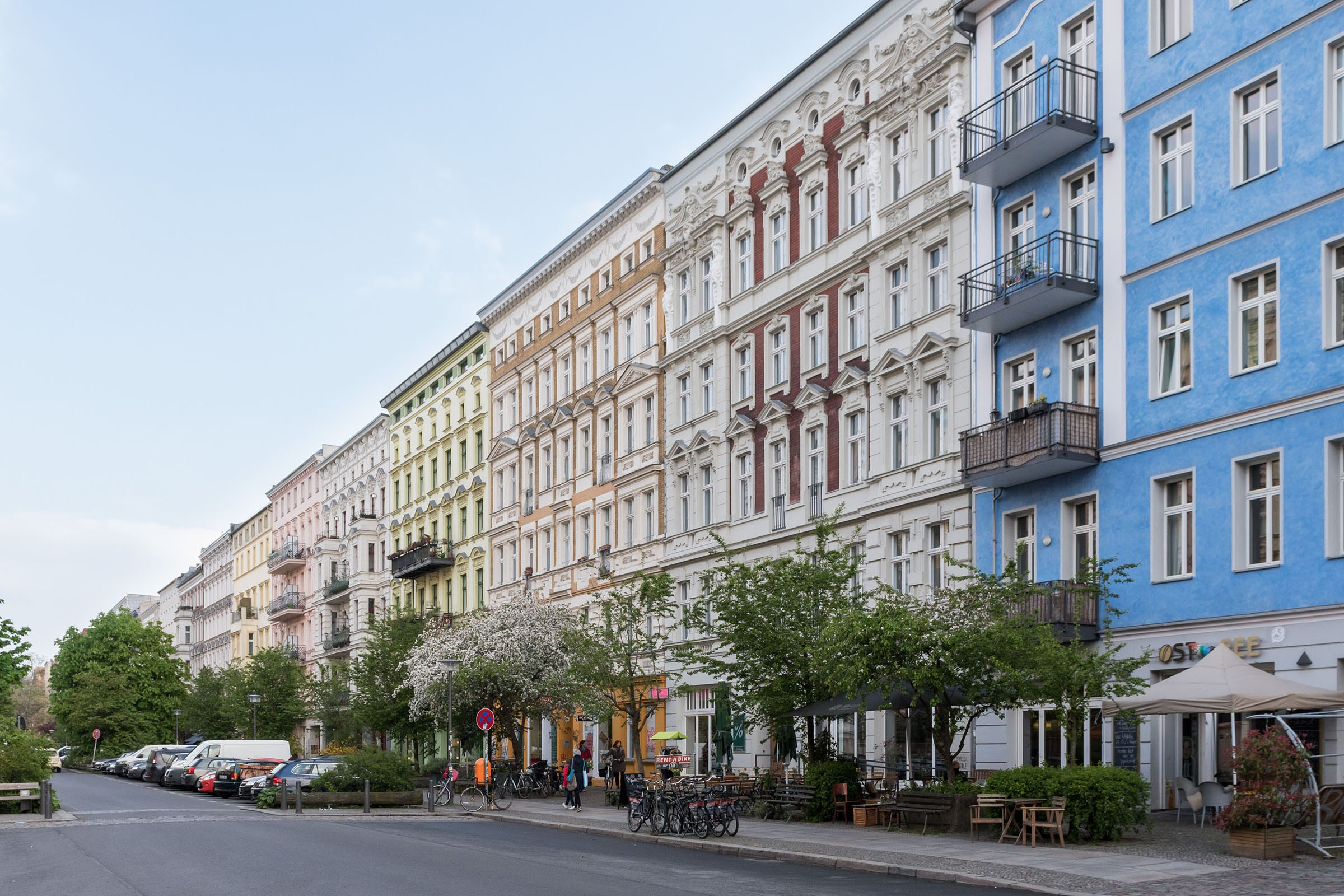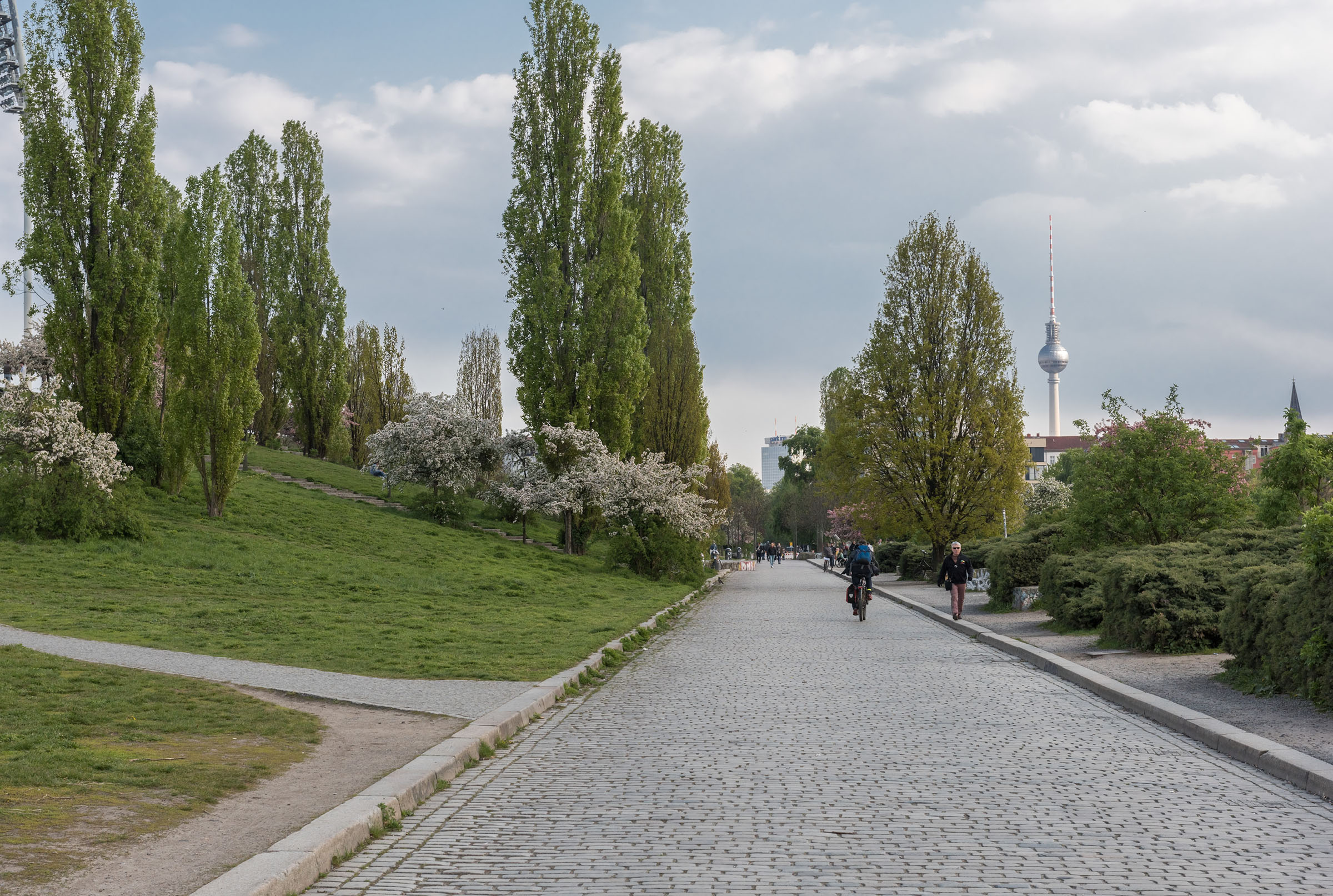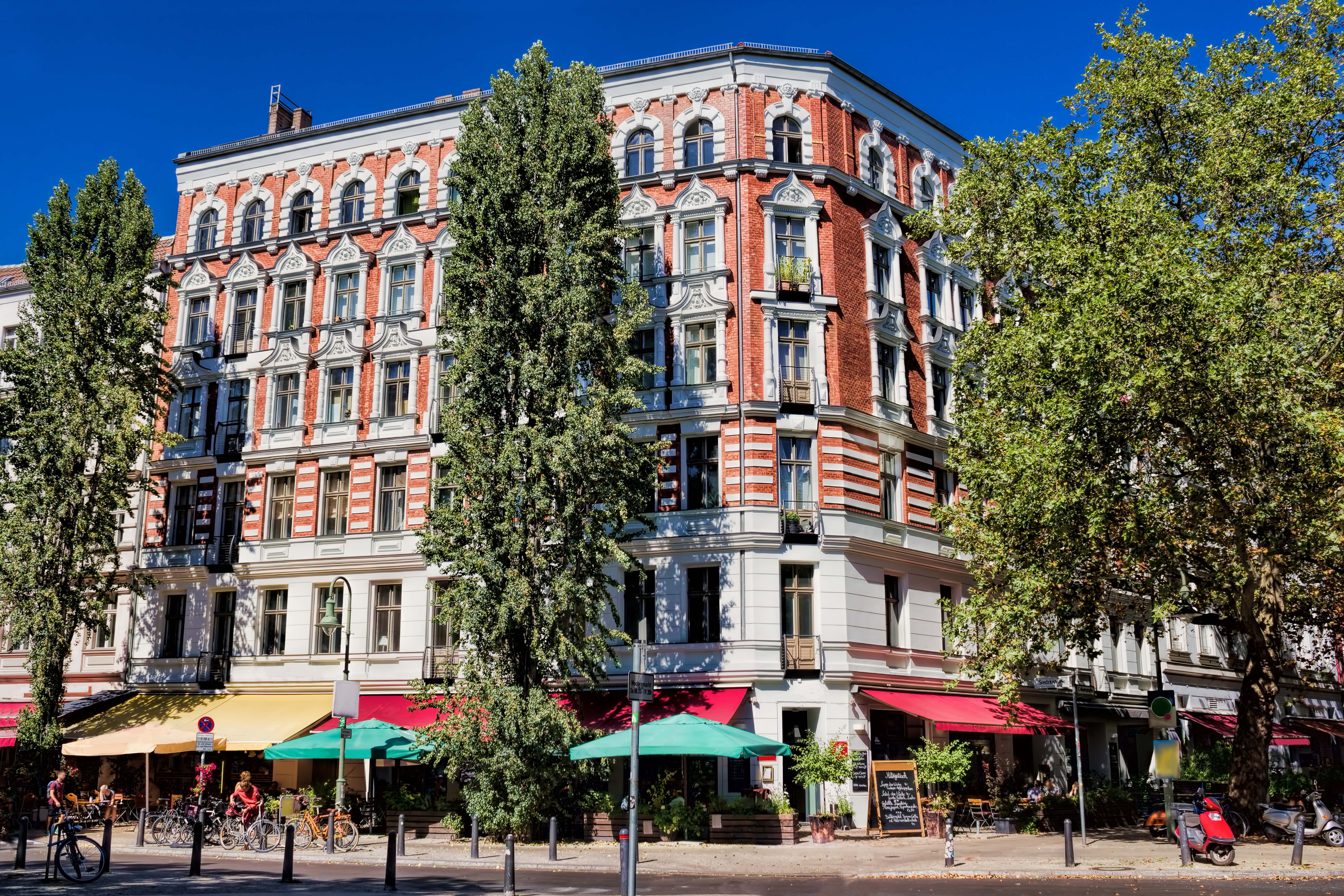Berlin-Pankow: development and life in the district
Is this the special train to Pankow? The East Berlin district probably owes much of its popularity to Udo Lindenberg. In GDR times, it was the preferred place of residence for political actors. Today, young families in particular feel at home in Berlin's most populous district. This is due not least to the perfect symbiosis of green spaces and big-city flair. In the following chapters, we will show you what life is like in Pankow and what there is to discover here. We have compiled a few exciting facts for you.

Real estate market in Berlin-Pankow
The real estate market in Pankow has developed strongly in recent years. There has been construction for all it's worth. Many old commercial units have been converted into residential buildings. However, due to the large area of milieu protection zones, future construction measures will only be possible to a limited extent. Nevertheless, household incomes are high and the unemployment rate is low. These are ideal conditions for continued positive development. This is felt first and foremost by the residents of the capital itself. No other district has as many new residents moving in from the Berlin metropolitan area as Pankow. And Pankow is also becoming increasingly popular internationally, with the result that its value continues to rise.
Existing buildings
Average rental prices
16
EUR / m²
+29.18%
Average purchase prices
5,569
EUR / m²
-0.64%
Rental offers
254
-53.16%
Purchase offers
729
-12.04%
New builds
Average rental prices
22.87
EUR / m²
+25.08%
Average purchase prices
7,729
EUR / m²
+10.55%
Rental offers
86
-44.61%
Purchase offers
182
-44.39%
Average rental prices
16
EUR / m²
+29.18%
Average purchase prices
5,569
EUR / m²
-0.64%
Rental offers
254
-53.16%
Purchase offers
729
-12.04%
Pankow: Real estate supply and development
Pankow has a lot to offer not only in terms of landscape, but also in the real estate market. In addition to dreamy villa neighborhoods, an increasing number of new developments with single-family homes have sprung up in recent years. In addition, Pankow is home to a mix of modern and older apartment buildings. This diversity makes the district so attractive for investors, owners and tenants.
Offer of properties for rent and sale in Pankow
How are real estate prices developing in Pankow?
The dynamic construction activities of recent years have led to the establishment of a market for condominiums in Pankow. The large supply of family homes and newly built apartments is having a positive effect on the price trend for property. However, the establishment of two protected areas ensures the limitation of future new construction projects. Due to the increasing surplus demand, further price increases can therefore be forecast.
Purchase price (m²) in Pankow
Existing building
Average purchase prices
5,569
EUR / m²
-0.64%
New builds
Average purchase prices
7,729
EUR / m²
+10.55%
Average purchase price Pankow
Current rental prices and development
With its combination of rural charm and big-city flair, Pankow is attracting more and more people to the northernmost part of the capital. For many, it is seen as a good alternative to the in districts of Prenzlauer Berg and Friedrichshain. And not least because the rents are lower. Nevertheless, Pankow has also seen a positive development in rents in recent years, which can be expected to continue in the future, primarily due to the limited building space available as a result of the Milieu protection areas.
Average rental prices in Pankow
Existing building
Average purchase prices
5,569
EUR / m²
-0.64%
New builds
Average purchase prices
7,729
EUR / m²
+10.55%
The population of the district
Pankow is Berlin's most populous district, with around 410,000 inhabitants spread across thirteen districts. With an area of just over 100 square kilometers, it is the second largest district in the capital after Treptow-Köpenick. Most people live in the districts of Pankow, Weißensee and Prenzlauer Berg. The population is colorfully mixed, with about a quarter having foreign roots. The average age is 42.7 years, slightly below the Berlin average. The majority is between 40 and 64 years old, followed by 27- to 39-year-olds.
Migration in Pankow
Moves in
Persons
-19.47 %
Moves out
Persons
-1.36 %
In the year 2021, development compared to the previous year





-qpFvohsfNv2Vz8VpzXUHISTwI7FQOA.jpeg&w=1920&q=75)


